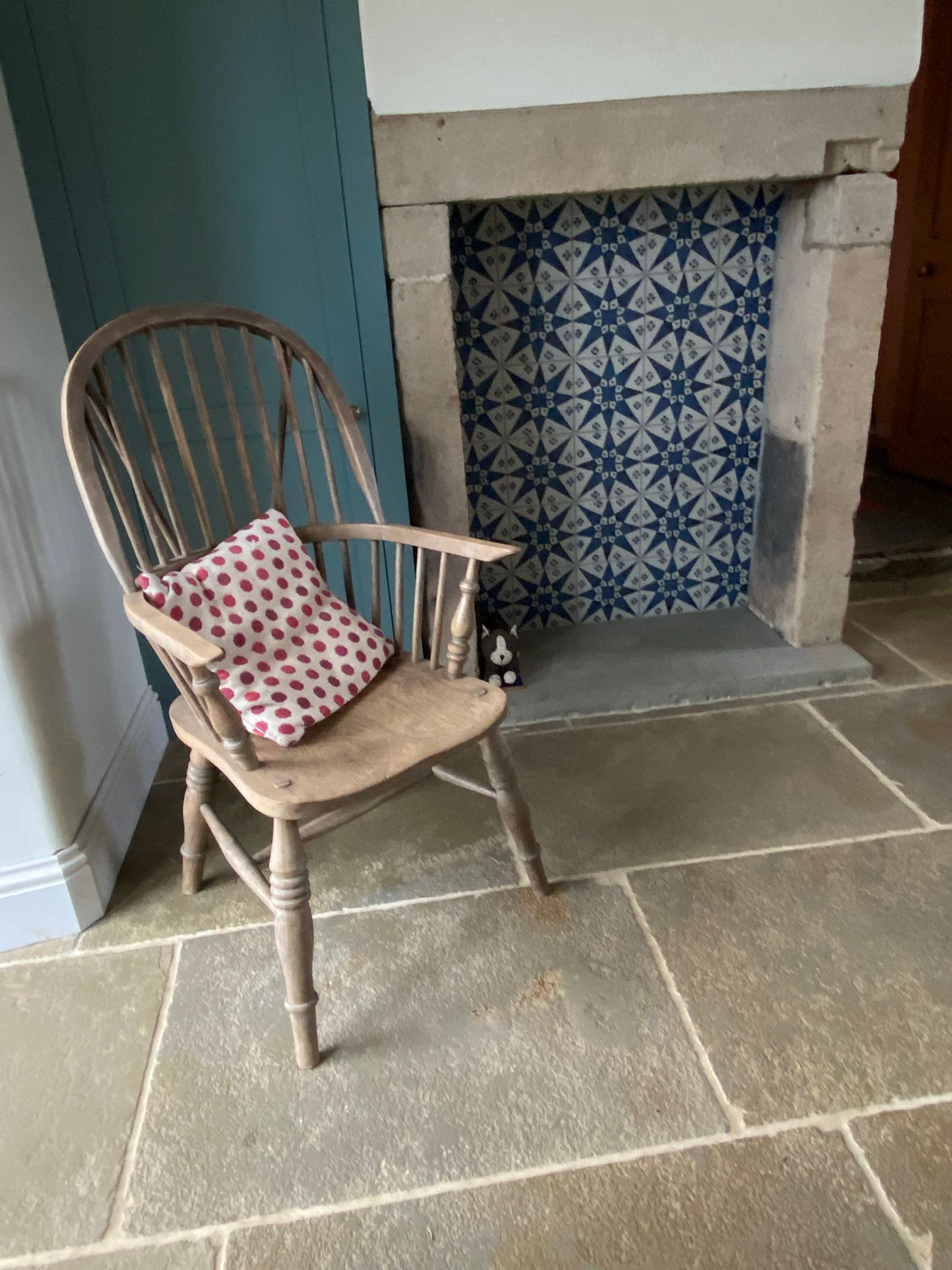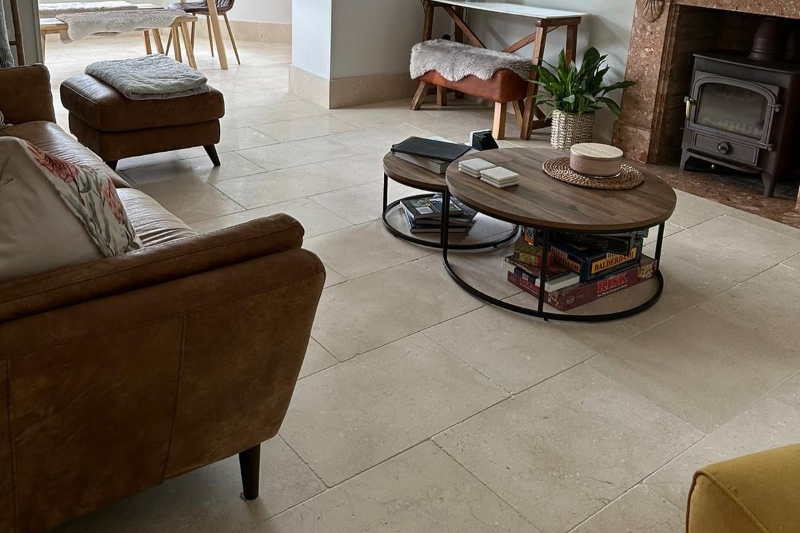
Linda Twidale, applications manager at Saint-Gobain Weber, shares her top tips for tiling with natural stone
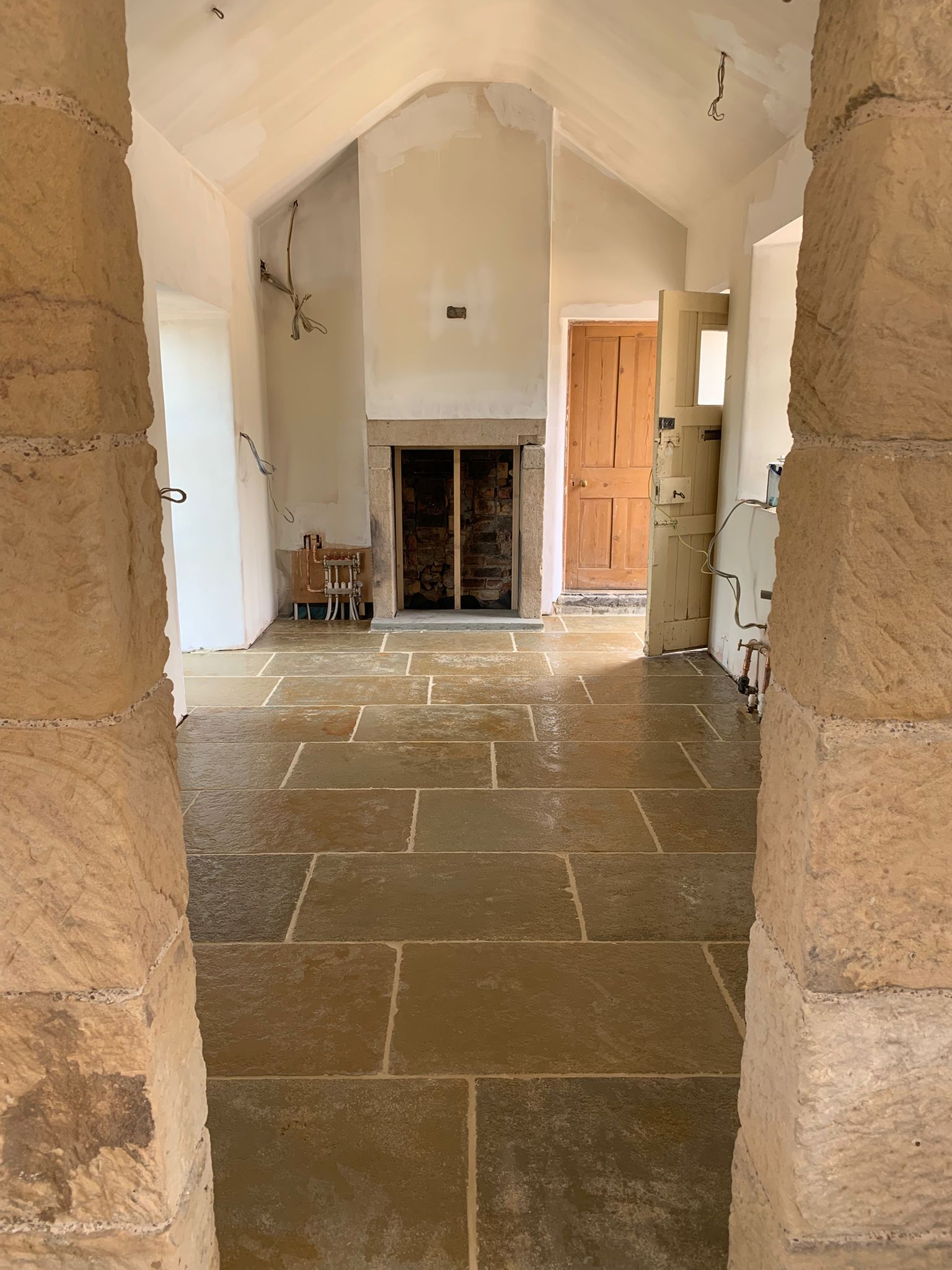
From the classic elegance of a marble bathroom to the rugged charm of slate for a country kitchen, natural stone can provide a premium finish that will survive the demands of daily use. Offering durability, unique patterns and timeless appeal, it’s easy to appreciate the benefits of natural stone.
But working with stone requires know-how. Natural stone varies in both appearance and application method compared with ceramic or porcelain tiles. Before you begin, it’s important to know the potential issues that you may face to ensure optimum preparation and application.
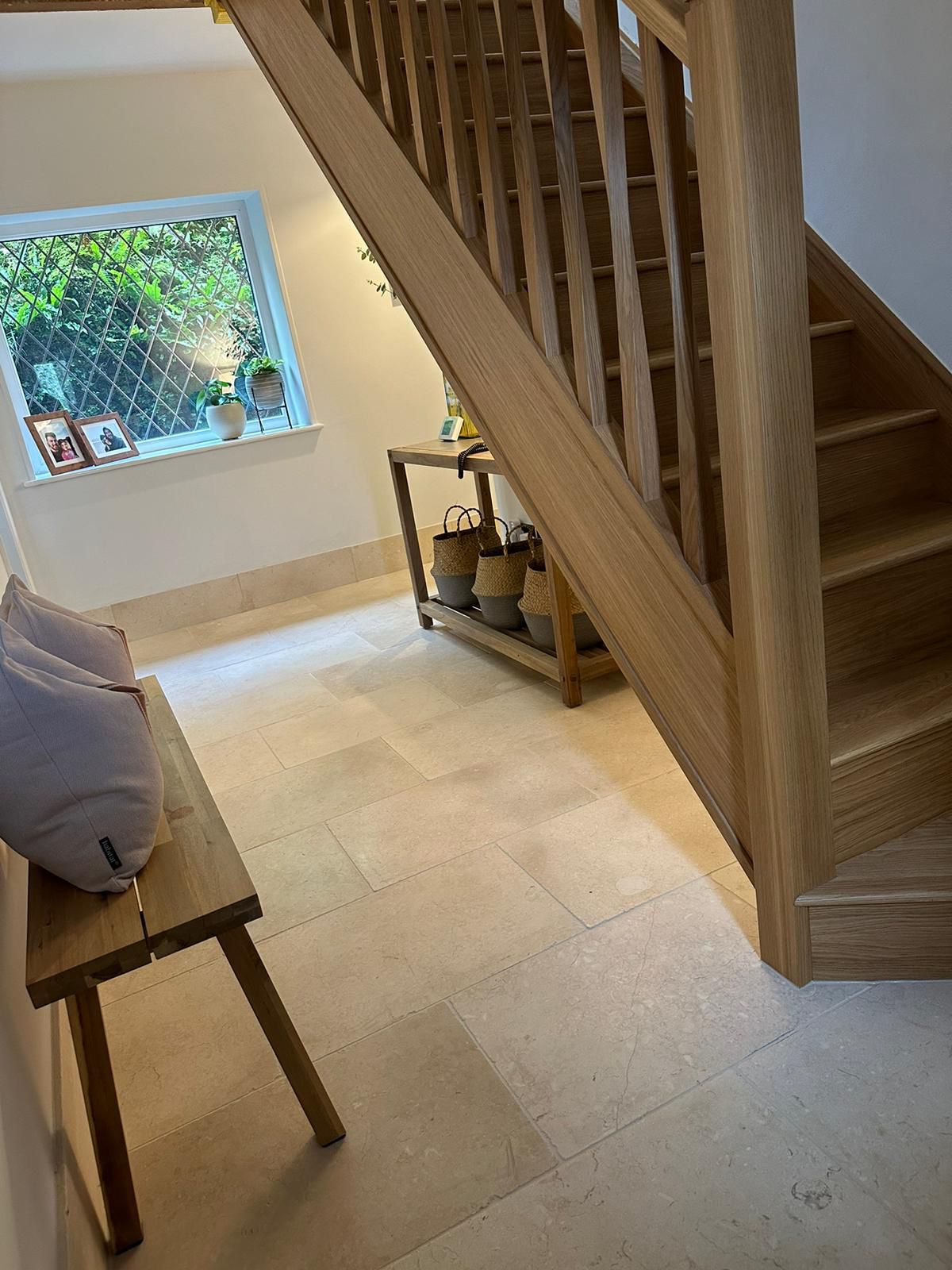
Know your stone
Natural stone can offer a beautiful and authentic feel to your project but it’s important to be aware that not all natural stone has the same characteristics. Sandstone and limestone will be porous, while granite and marble are quite dense, and slate could warp.
Before fixing the tiles, think about the colour of the adhesive as well as the colour of the stone. Darker coloured adhesive may show through light-coloured stones such as limestone and marble, making the stone appear darker once installed.
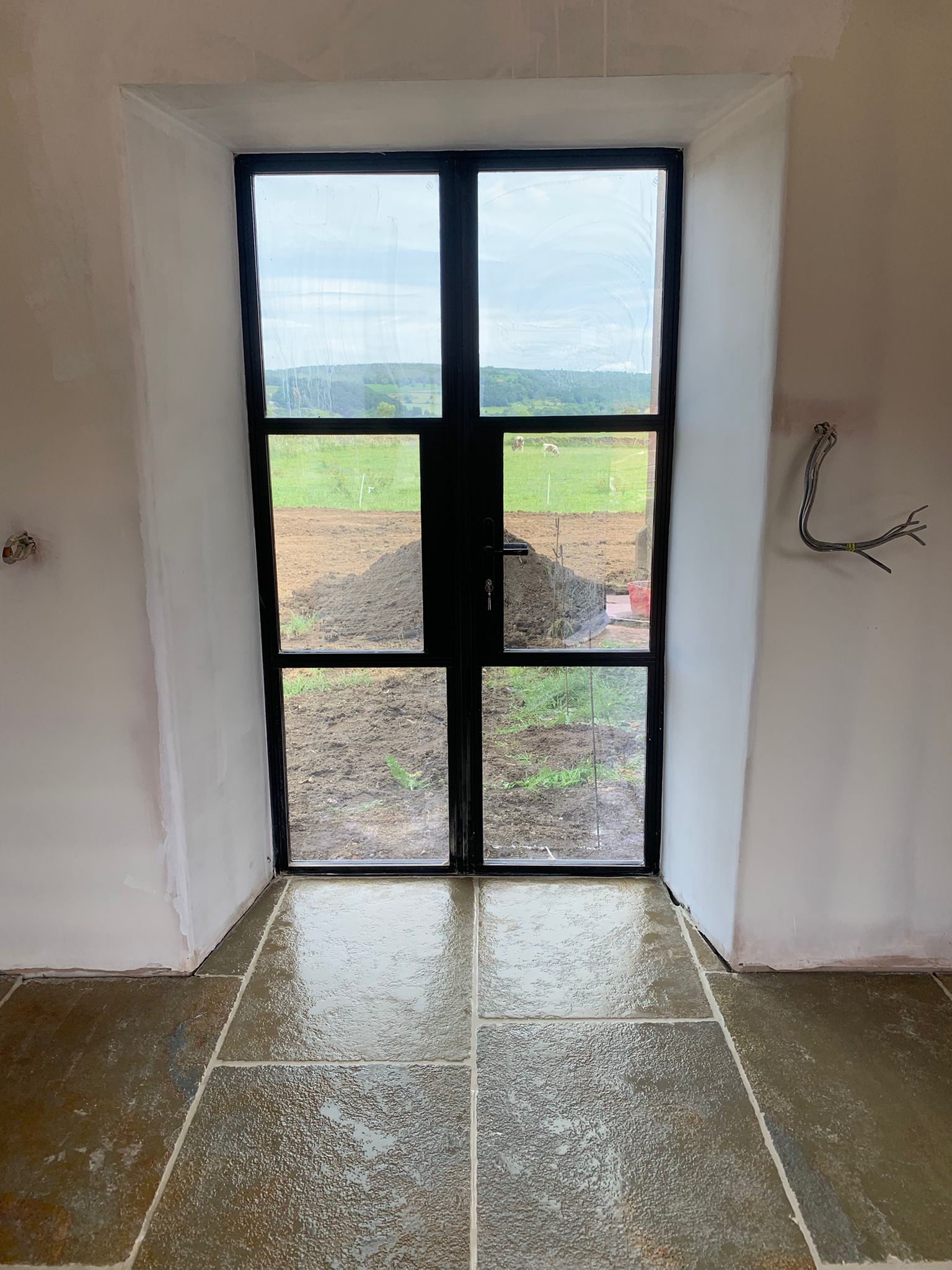
Choosing the right adhesive
Use an adhesive designed for natural stone. Tile adhesives that are highly polymer-modified to cope with flexibility are ideal for stones which undergo changes with temperature and humidity.
When applying adhesive it can be difficult to achieve a level surface with natural stone due to a variation in thickness. Uncalibrated stone tiles, including some slate and terracotta, can be problematic. Therefore, an adhesive that can be used at a bed thickness sufficient enough to cancel out the variation in the stone – such as Weber’s weberset thick bed – will be required.
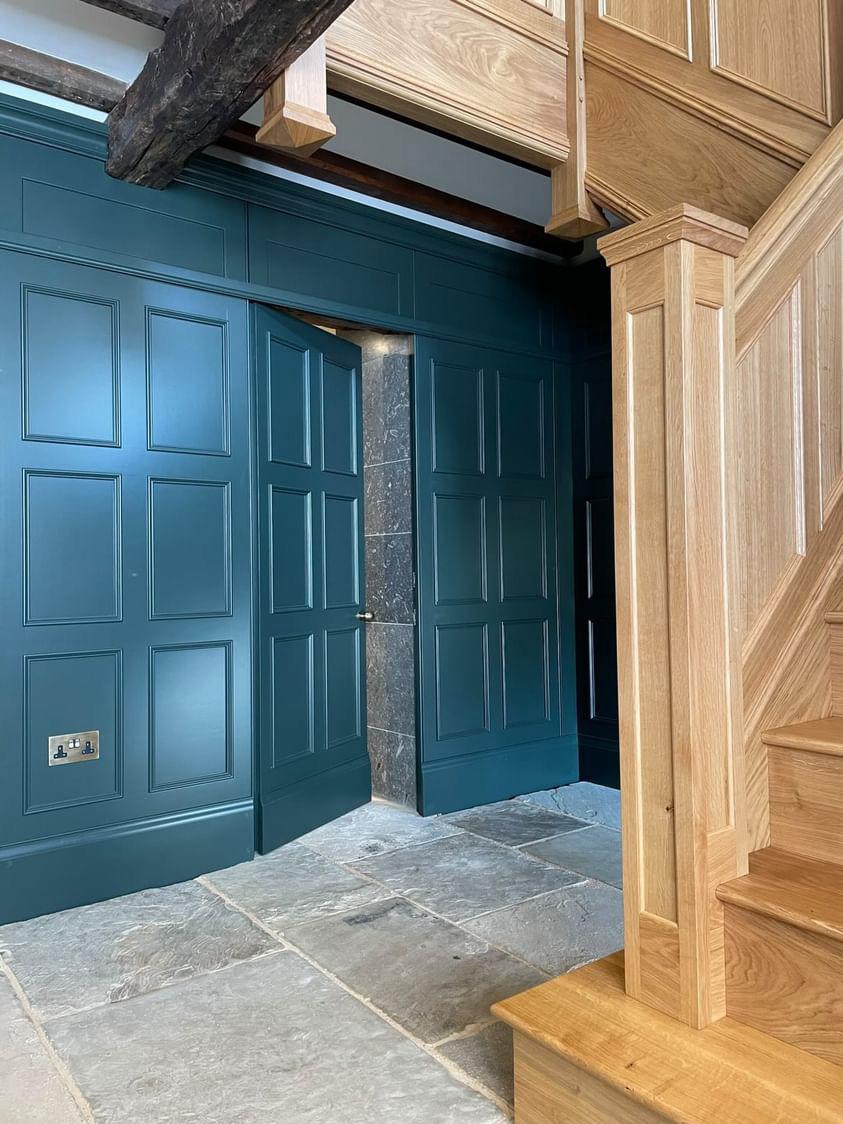
Ensure a solid bed of adhesive with no voids when fixing. This will fully support the tile and prevent lines or rings from showing through as shadows.
Movement joints should be installed where tiling adjoins other materials, over existing movement joints or over junctions of different backgrounds, where there is an increased chance of movement such as heating installations or strong sunshine.
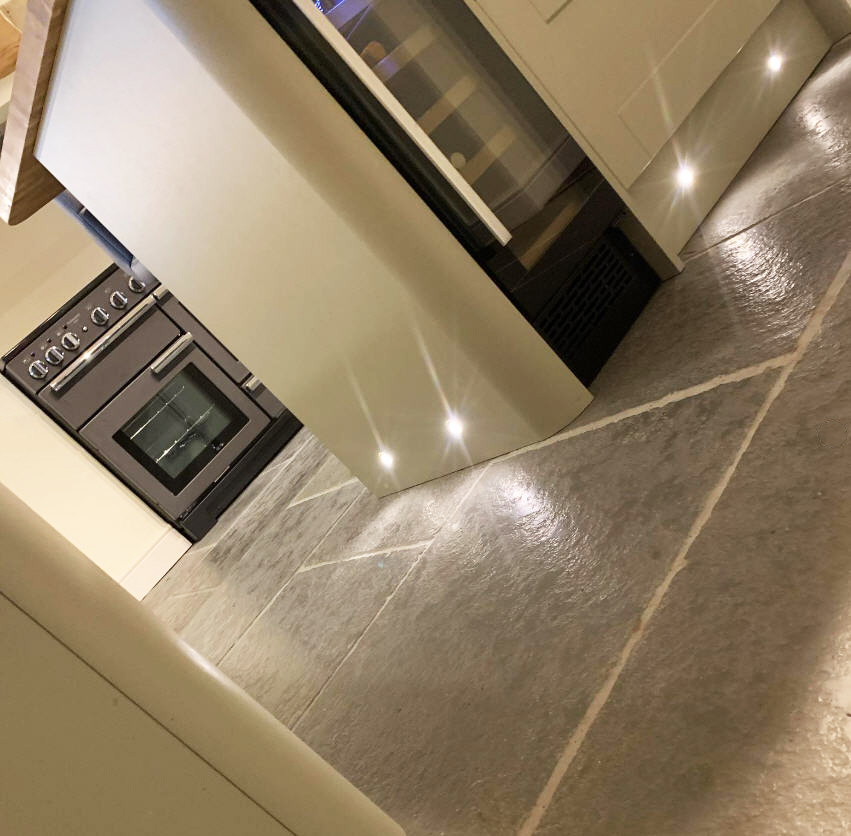
Prep before you grout
Natural stone tiles can be very porous or textured and require careful preparation prior to grouting to stop damage occurring. Grout can also scratch soft-glazed tiles and the surface of softer stone like marble.
Before grouting, ensure the tiles are clean and dry. If they need to be cleaned, use a pH-neutral cleaner that won’t damage the surface of the stone. If there is a small amount of adhesive residue on the tiles, a specially formulated, higher-pH cleaner may be needed.
Once the stone is clean, it needs to be prepared for grouting. To aid the removal of grout and to reduce the chance of staining, a suitable natural stone impregnator should be applied to the surface of the stone using a roller or sponge. This should be worked into the surface slowly to maximise effectiveness and to minimise frothing. After four to six hours the tiles should be dry enough to grout.
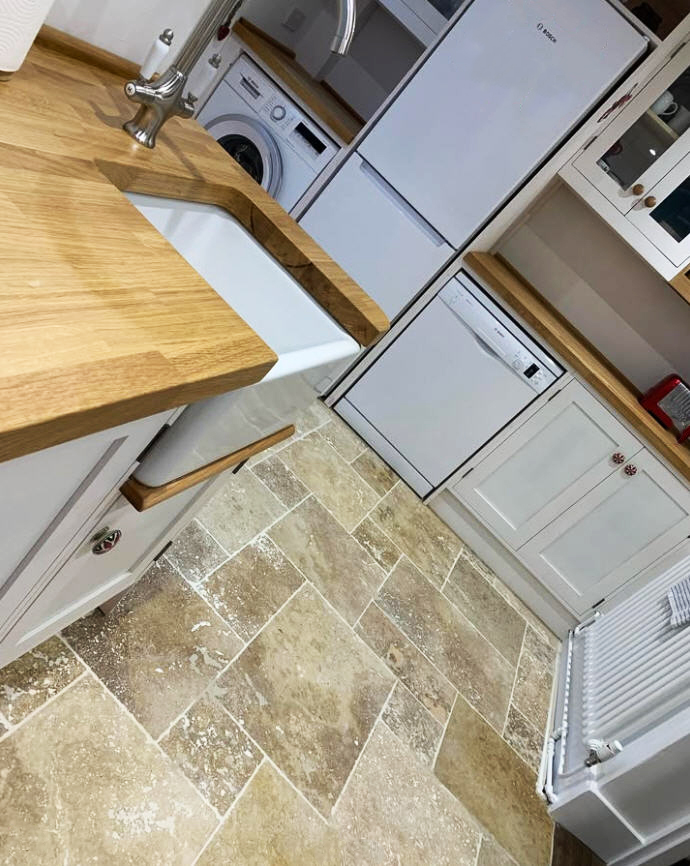
Many grouts available today are polymer-modified and can be very fine. While this offers better flexibility and increased strength, it can also mean they are harder to remove from tiles and likely to stain natural stone. We’d recommend using weberjoint premium grout when grouting natural stone tiles.
To avoid ‘picture framing’ or ‘tram lining’ – when cement film has dried around the surface edge of a tile – bear in mind the below pointers when grouting:
- Slurry grout the whole tile rather than point grout into the joints.
- Don’t leave excess grout on the tile for longer than the recommended time by the manufacturer as this can cause a chemical etch due to the pH level of the cement.
- Don’t use too much water.
Once the grout is completely dry, another coat of natural stone impregnator should be applied over the tiles and grout. This should be repeated until all the surfaces are saturated and do not absorb any more impregnator.
Maintain the look
Natural stone tiles will need regular maintenance to preserve their effectiveness and to keep them looking in tip-top condition.
General wear and tear can mean that natural stone loses its ‘wow’ factor but with careful cleaning and maintenance, the beauty of natural stone can be kept for many years. Ensure the customer knows the correct cleaners and techniques to use to avoid damage.
For regular cleaning, a neutral pH cleaner should be used and any products that contain wax should be avoided as this will spoil the appearance.
All images courtesy of High Peak Tiling.
For more information and to try Weber’s tile adhesive selector, visit www.uk.weber/tile-fixing.
If you would like to find out more about weberset thick bed go to weberset thick bed | Thick bed floor tile adhesive | Weber UK.
To view the details of weberjoint premium grout: weberjoint premium | Wall & Floor Tile Grout | Weber UK.
